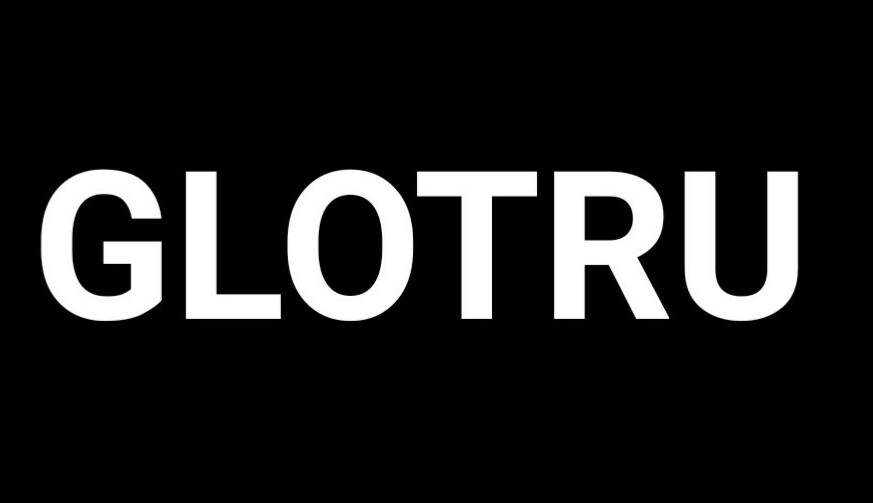Vue.JS
Vue.js is a popular open-source JavaScript framework for building user interfaces and single-page applications. It was created by Evan You and first released in February 2014. Vue.js is designed to be approachable, flexible, and easy to integrate with other projects and libraries.
Key features of Vue.js include:
- Reactive Data Binding: Vue.js uses a virtual DOM and reactive data binding, allowing developers to declaratively describe the UI based on the underlying data. When the data changes, the UI automatically updates to reflect those changes without direct manipulation of the DOM.
- Components: Vue.js encourages building applications using reusable components. Components in Vue.js are self-contained, meaning they have their own logic, template, and style. This promotes code reusability and maintainability.
- Directives: Vue.js provides a set of built-in directives like
v-if,v-for, andv-bind, which allow you to manipulate the DOM and apply special behavior to elements. - Event Handling: Vue.js makes it easy to handle user events using the
v-ondirective. This allows you to respond to events like button clicks, keyboard input, and more. - Computed Properties: Vue.js allows you to define computed properties that are derived from the underlying data. These properties are cached and automatically updated when their dependencies change, ensuring optimal performance.
- Template Syntax: Vue.js uses an easy-to-understand template syntax, which resembles HTML and allows developers to seamlessly integrate Vue.js code into existing projects.
- Vue Router: Vue Router is the official routing library for Vue.js. It allows you to implement client-side routing, enabling navigation between different pages or views without a full page reload.
- Vuex: Vuex is Vue’s official state management library. It provides a centralized store for managing application state, making it easier to share data between components and manage complex application states.
- Lifecycle Hooks: Vue.js offers a series of lifecycle hooks that allow you to perform actions at different stages of a component’s lifecycle, such as before the component is mounted, updated, or destroyed.
Vue.js has gained significant popularity within the web development community due to its simplicity, ease of learning, and solid performance. It can be used to build various types of web applications, from small interactive components to large-scale single-page applications.

